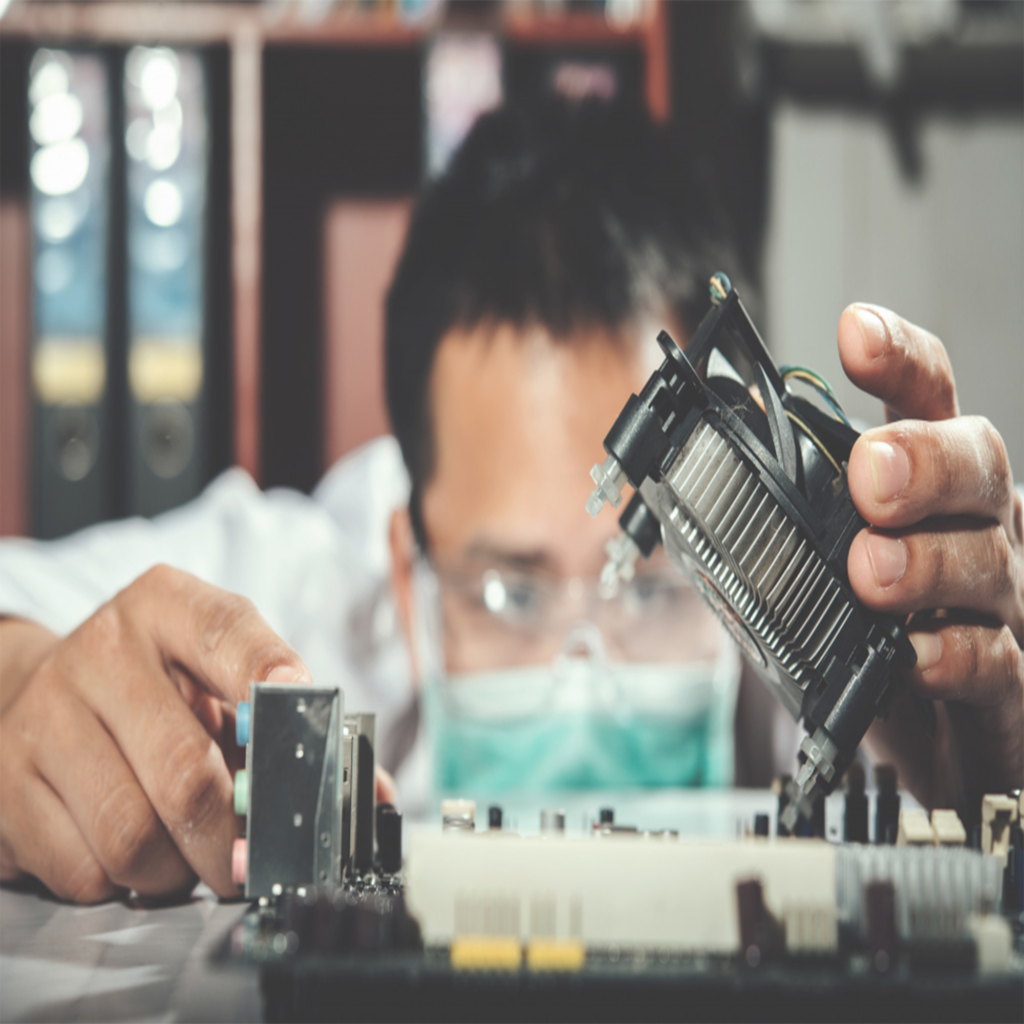The Future of Repair: Innovations and Challenges in 2024
As we step into 2024, the landscape of repair services continues to evolve, driven by technological advancements, changing consumer expectations, and environmental considerations. In this article, we explore the emerging trends, innovations, and challenges shaping the future of repair in 2024. 1. Technological Advancements: The rapid pace of technological innovation has profound implications for repair services. In 2024, repair technicians are leveraging cutting-edge tools such as augmented reality (AR) glasses and advanced diagnostic software to streamline the repair process. AR technology allows technicians to overlay digital information onto physical objects, providing real-time guidance and enhancing efficiency. 2. Rise of Modular Design: The shift towards modular design in consumer electronics is revolutionizing the repair industry. Products designed with easily replaceable components enable faster and more cost-effective repairs, reducing electronic waste and extending the lifespan of devices. In 2024, we see manufacturers increasingly embracing modular design principles to meet consumer demand for repairable products. 3. Remote Repair Services: With the widespread adoption of remote connectivity technologies, remote repair services are becoming increasingly popular. In 2024, consumers can receive expert repair assistance from the comfort of their homes through video calls, remote diagnostics, and guided repair tutorials. This trend not only enhances convenience but also reduces the need for physical transportation of devices, thereby lowering carbon emissions. 4. Sustainable Practices: In response to growing environmental concerns, sustainability is a key focus for repair services in 2024. Repair shops are implementing eco-friendly practices such as recycling, refurbishment, and the use of renewable energy sources. Furthermore, consumers are increasingly seeking out repair services that prioritize sustainability, driving demand for environmentally conscious solutions. 5. Regulatory Challenges: Despite the progress made in promoting repairability and sustainability, repair services continue to face regulatory challenges. In some regions, manufacturers impose restrictions on third-party repair, making it difficult for independent repair shops to access tools, parts, and technical information. Addressing these regulatory barriers is crucial for fostering a competitive and accessible repair market. 6. Skills Development: As repair technologies evolve, ongoing skills development is essential for repair technicians to stay abreast of the latest trends and techniques. In 2024, vocational training programs and professional certifications play a vital role in equipping repair professionals with the necessary knowledge and skills to thrive in a rapidly changing industry. Conclusion: The future of repair in 2024 is characterized by innovation, sustainability, and connectivity. Technological advancements such as AR, modular design, and remote repair services are transforming the way repairs are conducted, while sustainability concerns drive demand for eco-friendly solutions. Despite regulatory challenges, the repair industry is poised for continued growth and adaptation to meet the evolving needs of consumers and the environment.
The Future of Repair: Innovations and Challenges in 2024 Read More »





